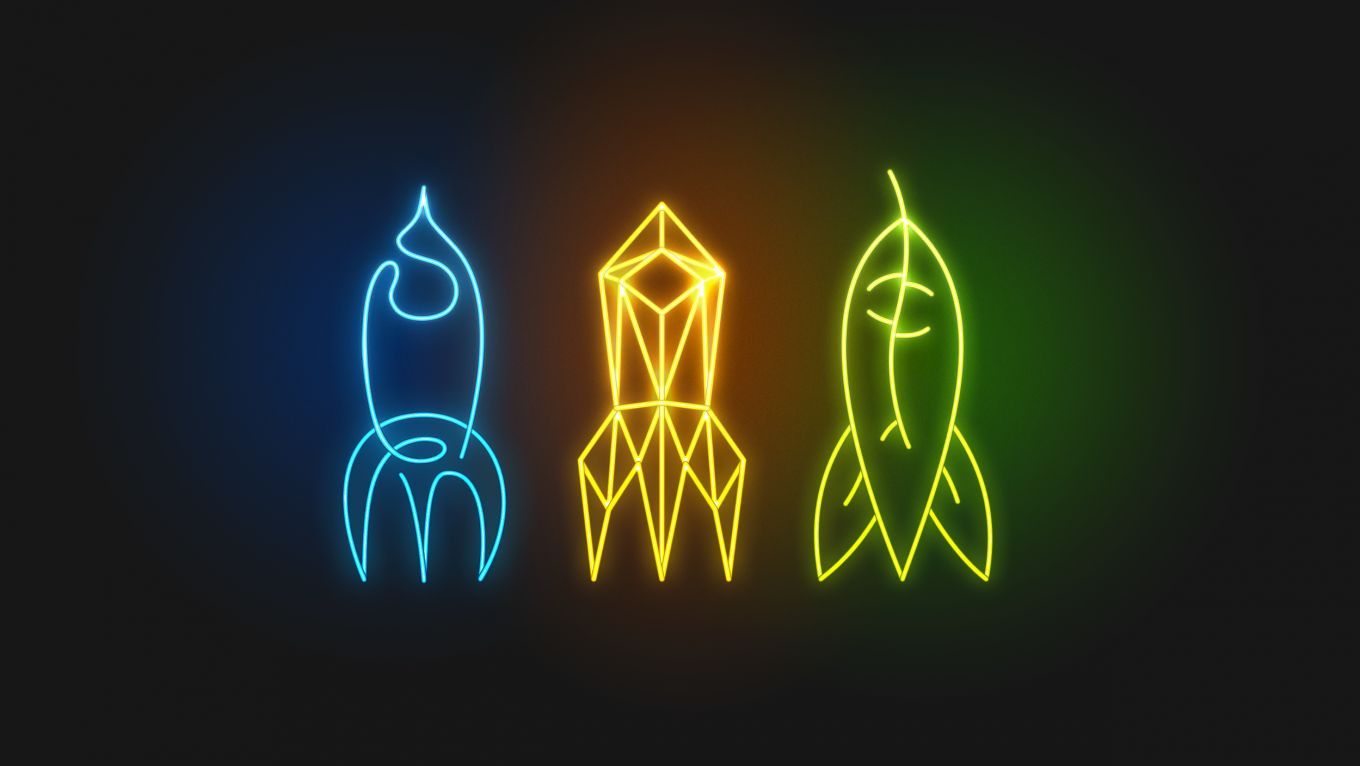Science
Power-to-X
How to make (nearly) everything from electricity.
This talk will give an introduction into the general concepts of power-to-x and then go more into detail on carbon capture and utilization (CCU). CCU is the idea of building up a closed carbon cycle, where CO2 is recycled, towards fuels and base chemicals, under the use of renewable energy. The talk will give insight in the technology, chemistry, possibilities and challenges.
While redesigning our electric supply network towards renewable energies, we face the problem of the fluctuating behavior of the renewables. To solve this, higher nameplate capacities need to be installed, as compared to traditional power plants. This frequently leads to high overcapacities, which we should use, as they would be wasted otherwise. Some of this energy needs to be stored for periods where the energy generation is lower than our consumption. The rest can be used to produce all kinds of things that we need. This would allow a sector coupling of electricity with other fields like transport, heat or chemical industry and lead to more sustainable processes in all those fields.
If we see this on a global scale, we can also think of a redistribution of energy not only in time and sector of application, but as well in space. This can be realized, by producing fuels and other energy intensive products in areas of the world with a high potential in the generation of renewable electricity, and transport them to places where they are needed.
The technologies that would make this possible are often subsumed as power-to-x technologies. The Wikipedia names twelve different x’s: power-to-ammonia, power-to-chemicals, power-to-fuel, power-to-gas, power-to-heat, power-to-hydrogen, power-to-liquid, power-to-methane, power-to-mobility, power-to-food, power-to-power, and power-to-syngas. In addition, one could still think of many more.
I want to give a brief introductive overview on these different approaches and then focus on the technologies, which are using carbon dioxide as a feedstock. Here the idea of power-to-x is combined with the aim of a closed carbon cycle. Emitted CO2 would be recycled to products, like fuels, plastics or fine chemicals. While today these are mainly produced form crude oil, in future they could be implemented in a sustainable process cycle.
For these carbon capture and utilization (CCU) concepts, like for example electrolysis of water coupled with a second catalytic CO2 reduction step or direct electrocatalytic CO2-reduction, I will present the technical working principles, the chemistry behind it and discuss possibilities and challenges.
Additional information
| Type | lecture |
|---|---|
| Language | English |
More sessions
| 8/23/19 |
Erfolg der kryptographischen Währung Bitcoin, zu einer der meistdiskutierten "neuen" Technologien entwickelt. Der sehr schnelle Aufstieg von Bitcoin hat viele Problemstellungen zum verteilten Vertrauensmanagement, dem Energieverbrauch und dem Schutz der Privatsphäre von interessanten Forschungsfragen zu wichtigen Herausforderungen für eine nachhaltige wirtschaftliche und gesellschaftliche Entwicklung werden lassen. Wir diskutieren, wie wir mit recht überschaubaren mathematischen ...
|
| 8/23/19 |
The world is entering a new era of instability. The climate crisis will put great pressure on the (relatively) peaceful balance of world politics. But the field of open source intelligence (OSINT) provides us with a new and unique way to map, study and predict these flashpoints. This talk will look at several technical approaches for using these techniques and include several example studies.
|
| 8/24/19 |
Sonnenenergie deckt heute erst etwas über 2% des weltweiten Energiebedarfs durch Umwandlung von Sonnenlicht in elektrische Energie. Eine der Möglichkeiten, um diese zu speichern, ist die Elektrolyse von Wasser, um Wasserstoff zu erhalten. Was aber wäre, wenn man Wasserstoff direkt gewinnen könnte? Eine schnelle Übersicht über Sonnenlicht, das Prinzip hinter Photovoltaischen Solarzeiien, und wie photoelektrochemische Zellen, die flüssiges Wasser in seine Bestandteile Wasserstoff und ...
|
| 8/24/19 |
Koffein als Substanz wird Tag für Tag aufgrund seiner anregenden Wirkung von vielen Menschen konsumiert, doch was genau steckt eigentlich hinter dieser Substanz? In diesem Talk blicken wir in die Chemie, Herkunft, Wirkung, Gefahren und weitere Aspekte des Koffeins.
|
| 8/24/19 |
Climate change and the discussion about reducing CO2 emissions to ensure matching the Paris agreement currently is the most important topic in our political and economic discussions. We all agree reducing emissions is a necessity, but how can we possibly achieve this in a world that consumes more energy than ever before? And which price are we willing to pay for it?
|
| 8/24/19 |
To tinker with receivers for space-signals, its good to know the different space communication standards. And to understand space standards, it doesn't hurt to get an overview of how to transmit data in the first place.
|
| 8/25/19 |
The beautifully complex structures often found in Nature arise from the collective interaction of huge numbers of particles moving under very simple forces. Starting from this fact, I will present how we can encode simple physical properties into large scale networks in a way that mimics a physical system and leads to elegant structures in 2d or 3d space. After introducing some basic concepts, a large part of the talk will consist of animated demonstrations of network evolution towards a final ...
|

